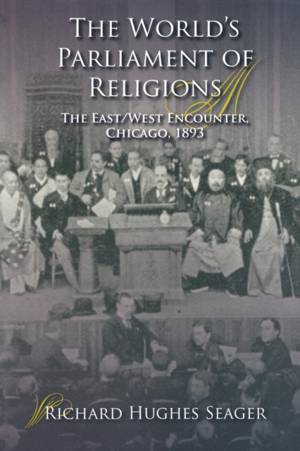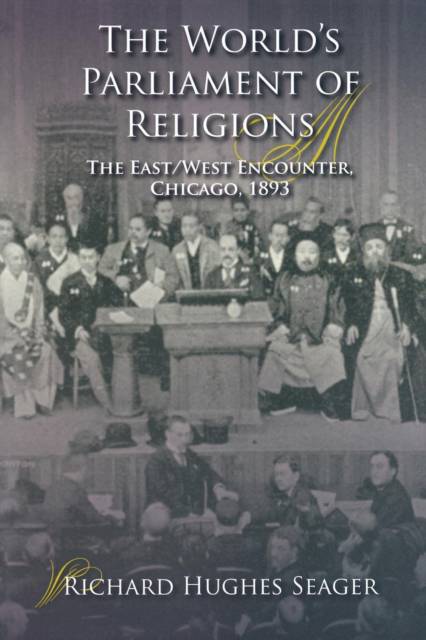
Nos liseuses Vivlio rencontrent actuellement des problèmes de synchronisation. Nous faisons tout notre possible pour résoudre ce problème le plus rapidement possible. Toutes nos excuses pour la gêne occasionnée !
- Retrait gratuit dans votre magasin Club
- 7.000.000 titres dans notre catalogue
- Payer en toute sécurité
- Toujours un magasin près de chez vous
Nos liseuses Vivlio rencontrent actuellement des problèmes de synchronisation. Nous faisons tout notre possible pour résoudre ce problème le plus rapidement possible. Toutes nos excuses pour la gêne occasionnée !
- Retrait gratuit dans votre magasin Club
- 7.000.0000 titres dans notre catalogue
- Payer en toute sécurité
- Toujours un magasin près de chez vous
26,95 €
+ 53 points
Description
Conceived as a magnificent display of the major religions of the world, the 1893 Parliament sought to unite "all religion against irreligion." A singular moment in the creation of a more pluralistic religious culture in America, it introduced many Americans to Eastern religions and meditative practices such as yoga. Some in the Christian community saw the gathering as a sign of the approaching fulfillment of the missionary's hope to evangelize the world, while others saw a divided Christendom under threat from the religions of the East. Richard Hughes Seager explores this fascinating event in all its complexities and, in a new preface, summarizes recent research and reflects on religious pluralism in an age of religious extremism.
Spécifications
Parties prenantes
- Auteur(s) :
- Editeur:
Contenu
- Nombre de pages :
- 256
- Langue:
- Anglais
- Collection :
Caractéristiques
- EAN:
- 9780253221667
- Date de parution :
- 26-10-09
- Format:
- Livre broché
- Format numérique:
- Trade paperback (VS)
- Dimensions :
- 155 mm x 234 mm
- Poids :
- 408 g







